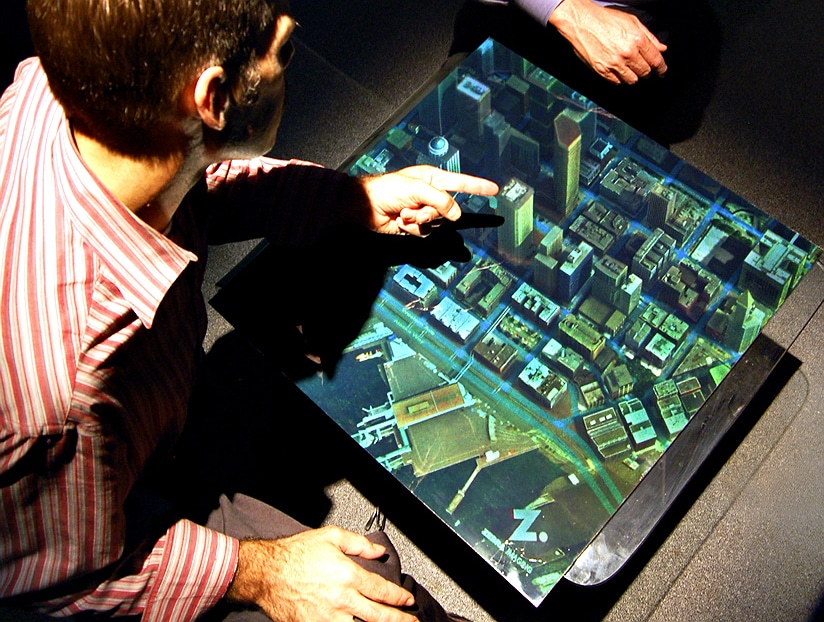Architecture has been transformed over the past few decades, thanks to advances in new technology. For example, the presence of digital design software has allowed architects to envision their projects in full three dimensions, and understand why the moving parts that make it work, and 3D printers have made it easier to create scale-model replicas of finished products.
So where is architecture technology going from here? How can it make architects’ jobs even easier and more effective?
Predictions For Architecture Technology’s Future
These are just some of the impressive ways technology may develop and flourish for the architecture industry:
- Better modeling tech – First up, architects are looking forward to getting their hands on better modeling technology. This type of technology is designed to take three-dimensional images of its surroundings and make those images available through digital formatting. For example, software like PhotoModeler relies on a series of images (taken from the ground or with drone-based cameras) to produce a three-dimensional rendering of a prospective job site, existing structures, or a specific object. Architects can work with these high-definition images in three dimensions, enabling them to get more creative and create new buildings to spec with greater accuracy. As modeling technology has already revolutionized architecture in some ways, it’s likely that this will continue to develop in the near future, providing, even more, tools and more details for architects.
- Procedural generation – Procedural generation is a technology that became popular, in part, due to its use in the video game industry. With procedural generation, a computer program automatically, and seemingly randomly generates a series of physical spaces that can “work” based on a set of defined criteria and pre-written rules. In the video game world, this manifests as an endless stream of different levels or worlds for players to explore. In the architecture industry, AI algorithms could gather virtually endless streams of data about architecture designs in the past, and use that as a basis to create new ideas. While we’re still many years away from AI programs designing full-fledged buildings on their own, these initial bits of ideas could be just the inspiration that architects need to create something truly original.
- AI assistants – You can ask Siri where the nearest pizza place is, but can you ask her to help you improve your latest sketch? Right now, digital AI assistants are used for elementary computer-based tasks, but as AI becomes more advanced and more specialized, it may be able to make intelligent design recommendations based on its current “understanding” of how architecture works. Rather than providing an endless stream of new ideas to work with, these assistants would be able to finish certain low-level tasks for architects or provide insights and possible options for when they become stuck on a certain problem. The open availability of AI like TensorFlow is a breakthrough, so it’s only a matter of time before more architects get their hands on AI tools that can be used in helpful ways.
- Streamlined design-to-construction tech – One of the biggest hiccups for architects has always been the process of trying to explain a design to a team of constructors. Invariably, there are limitations of construction that force an architect to design in certain ways, and quirks of an original design that either can’t be readily manufactured or can’t be readily understood. Already, software technology like ShopFloor is trying to bridge that gap by making it easier for design files to be interpreted for physical construction. In the near future, that communicative step will be practically “solved,” enabling architects to explain exactly what’s needed in a way that constructors can immediately and readily understand.
- Available self-assembly – Another route for better communication between architects and constructors is giving architects the power to communicate with constructors directly. At MIT’s Self-Assembly Lab, researchers are already working on 3D printing-like technologies that can create real buildings. For now, they’ve been gluing chopsticks together and working on other entry-level materials projects, but in the near future, they could be working with brick and mortar. Once these types of construction robots are built to scale and become available for architects, they could feasibly cut out several “middle men” and give architects the power to breathe life into their own creations.
Looking To The Future
It’s an exciting time to be an architect, and it’s only going to get more exciting from here. Many of these promising new technologies are already available, in some form, which means architects are already transitioning to a more seamless, more automated future. It’s likely that within the next decade, we’ll see the architecture industry completely transformed, as better modeling, sophisticated AI, and 3D printing technologies evolve to heights we can currently only imagine.
For more articles about architecture here on Bit Rebels, click here!

COMMENTS